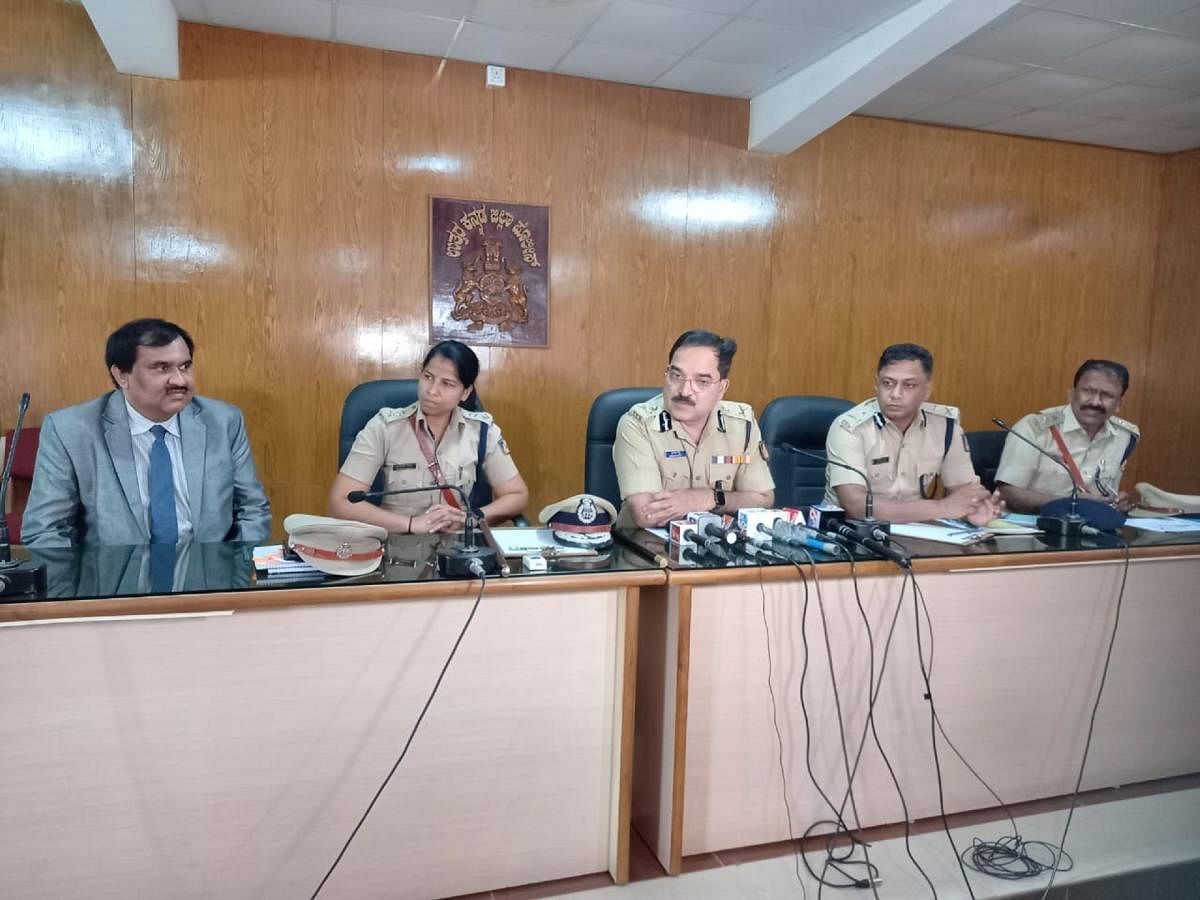
Nearly a fortnight after the special KCOCA (Karnataka Control of Organised Crimes Act) Court’s landmark judgement sentencing underground criminal operative Bannanje Raja and his seven accomplices to life imprisonment, the discussions on R N Nayak murder case being a textbook investigation and trial case continues in legal circles.
“R N Nayak murder case, the first case registered under KCOCA, ended in a conviction due to meticulous investigation and trial monitoring,” Additional Director General of Police (Law and Order) Pratap Reddy had tweeted soon after the pronouncement of judgement.
The members of the investigation and prosecution teams agree that the organised crime was cracked due to ‘organised teamwork’.
Mining baron and BJP leader R N Nayak was shot dead in broad daylight on K C Road in Ankola on December 21, 2013. The shooter, Vikas Upadhyaya from Uttar Pradesh, was shot dead when Nayak’s gunman Ramesh Gowda opened fire in retaliation.
‘Main challenge’
The main challenge before the investigation and prosecution teams was in establishing the fact that Bannanje Raja (53), who had been placing calls for Rs 3 crore hafta since 2009, was the main conspirator.
Pratap Reddy, who was then serving as IGP (Western Range) got the investigating teams to compile circumstantial evidence like call detail records, money trail and weapon trail to establish Bannanje, who was in Morocco, as the main conspirator.
“Whatever was humanely possible during these eight years, we have done it,” ADGP Reddy told DH.
The plan to engage the services of Ajay Suhas Mishra as the special prosecutor was dropped due to logistics reasons, he said.
Finally, Shivaprasad Alva K, presently serving as a Law officer (Senior), was appointed as the special public prosecutor in the first KCOCA case, he added.
Alva recollected that as many as eight policemen were engaged to serve summons to witnesses and execute warrants. Police used to accompany witnesses reaching Belagavi at unearthly hours.
“An officer of the rank of assistant superintendent of police sat with me throughout the night to type statements,” said Alva.
The trial
During the trial, advocates representing the accused men, including Bannanje Raja, attempted to find fault in decisions to invoke provisions of KCOCA, delay in conducting identification parade, appointing Annamalai as a special investigating officer, filing the second charge sheet, admissibility of electronic evidence (Bannanje’s interviews to TV channels claiming responsibility for the murder of Nayak), among others.
Shivaprasad Alva, countering the arguments, proved how the case falls within the definition of continuing unlawful activity and organised crime.
Special KCOCA Judge C M Joshi, upholding the arguments, had also declared that ‘FIR need not be an encyclopedia in itself.’
Alva praised the judge for being dispassionate throughout the trial and said the conviction in the first KCOCA case has sent a strong message.
“Bannanje Raja with 38 heinous cases registered against him had the audacity to run a parallel government and order a shoot-out. This case has proved that nothing is impossible when police and prosecution work as a team. This case has given me a sense of satisfaction that I might not get in another 100 cases,” he declares with a smile.